Harvard ‘copy’ revealed as authentic Magna Carta after 80 years
Researchers used forensic imaging to authenticate the centuries-old charter
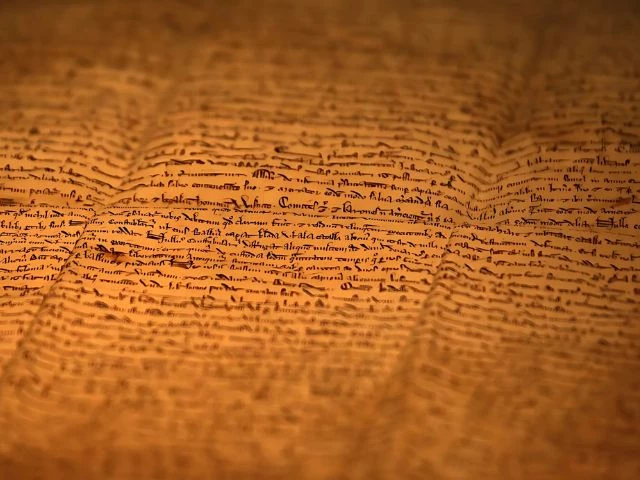
A manuscript long believed to be an unofficial copy of Magna Carta has now been authenticated by UK historians as a genuine and original version, dating from the year 1300 and described as “one of the world’s most valuable documents.”
The document, housed quietly in Harvard Law School’s library for nearly 80 years, was purchased in 1946 for just \$27.50 — around \$450 (£339) in today’s terms — with its true identity unknown until recently.
Two medieval history professors, David Carpenter of King’s College London and Nicholas Vincent of the University of East Anglia, spent a year studying the manuscript and now conclude it is a lost original from the reign of King Edward I.
“This is a fantastic discovery,” said Carpenter. “It is the last Magna Carta… and deserves celebration, not as some mere copy, stained and faded, but as an original of one of the most significant documents in world constitutional history — a cornerstone of freedoms past, present and yet to be won.”
Carpenter said he was “absolutely astonished” not only to confirm the document’s authenticity but also that it had gone unrecognised for so long and was sold “for peanuts.”
The document, catalogued as HLS MS 172, was described in a Sotheby’s auction listing at the time as a “copy made in 1327… somewhat rubbed and damp-stained.” It was sold in late 1945 by AVM Forster Maynard for £42 before making its way to Harvard.
Magna Carta — Latin for “Great Charter” — was first issued by King John of England in 1215. It established the principle that everyone, including the monarch, was subject to the law.
Originally drafted to resolve political conflict, it evolved to become a cornerstone of civil liberties and constitutional law globally.
Successive English monarchs reissued Magna Carta until 1300, circulating copies throughout the realm. Historians estimate that up to 200 originals may have been issued.
Of those, 25 survive today, most held in the UK, with two in Washington DC’s National Archives and one in Parliament House, Canberra.
“This document is an icon both of the Western political tradition and of constitutional law,” said Vincent. “If you asked anybody what the most famous single document in the history of the world is, they would probably name Magna Carta.”
Carpenter and Vincent believe the Harvard document originated from the town of Appleby, Cumbria.
They traced its likely journey from the landowning Lowther family to abolitionist Thomas Clarkson in the late 18th century, whose estate later passed to the Maynard family.
Eventually, it was auctioned and sold to a London bookseller before Harvard acquired it in 1946.
To verify its authenticity, the scholars used ultraviolet and spectral imaging to examine the manuscript, which is faded in several areas.
They found its handwriting and dimensions matched the six previously known 1300 originals. Most crucially, the wording — which changed subtly over the years — matched exactly with the verified 1300 editions.
“It passed this test with flying colours,” Carpenter said. “The identity of the text was the crucial proof.”
Vincent noted that a 1297 Magna Carta sold at auction in New York in 2007 for \$21 million (£10.5 million at the time), suggesting this 1300 version could also be worth millions.
Amanda Watson, Harvard Law School’s assistant dean for library services, praised the discovery and the role of librarians in enabling it.
“Behind every scholarly revelation stands the essential work of librarians, who not only collect and preserve materials, but create pathways that otherwise would remain hidden.”
The professors hope that Harvard’s Magna Carta will soon be placed on public display to share its enduring message with wider audiences.






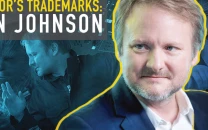


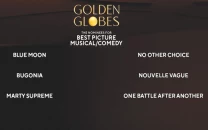



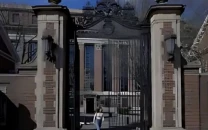




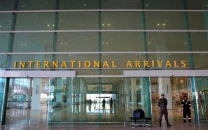


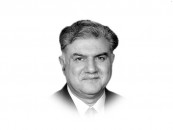




COMMENTS
Comments are moderated and generally will be posted if they are on-topic and not abusive.
For more information, please see our Comments FAQ